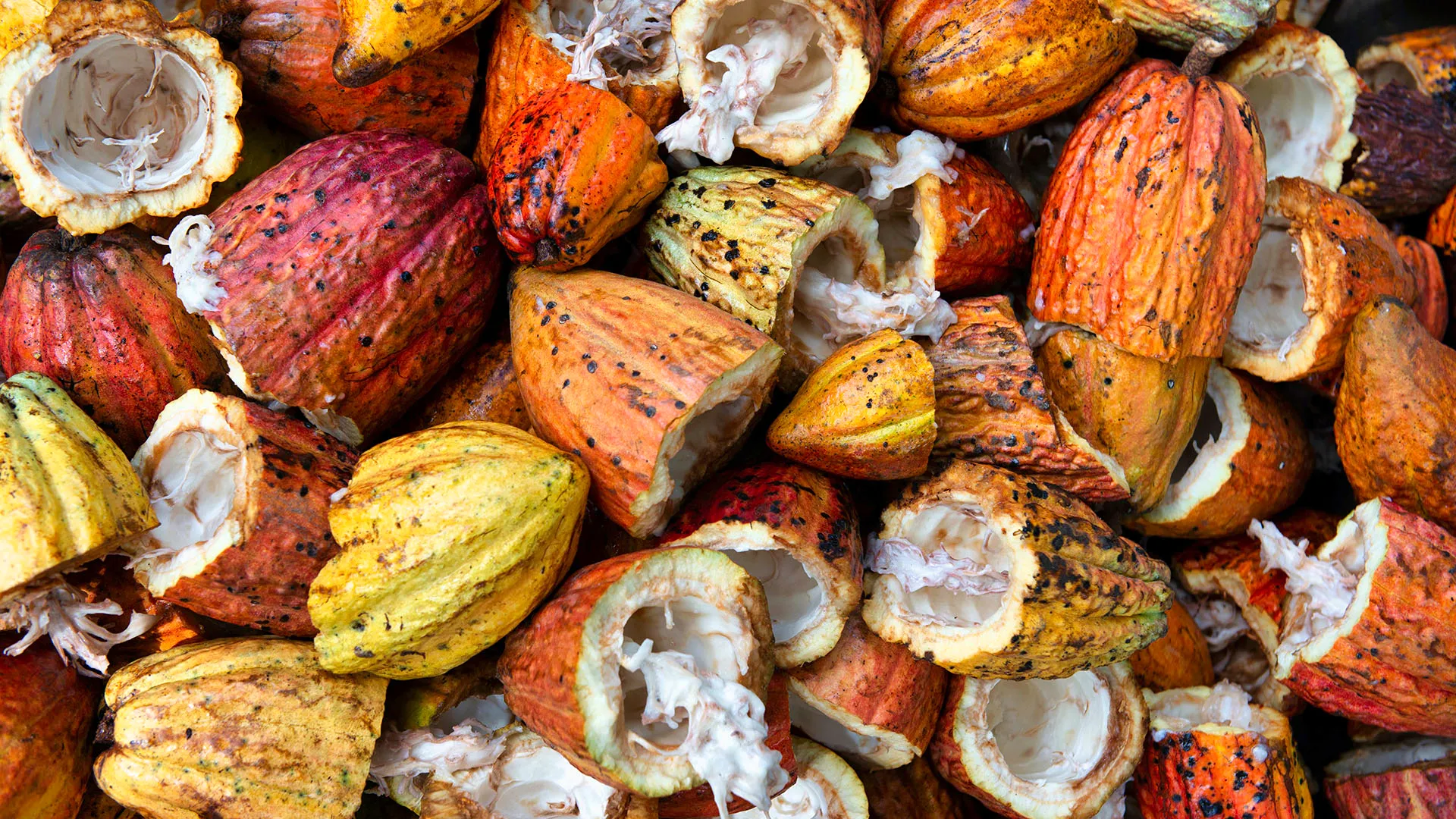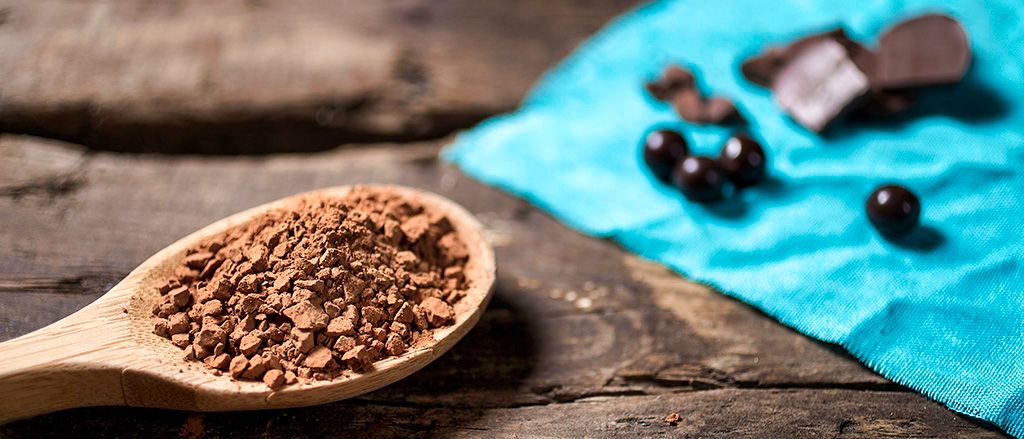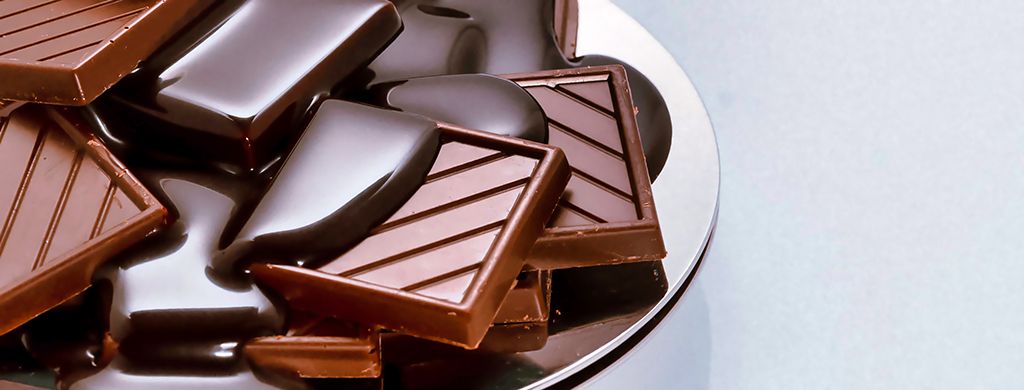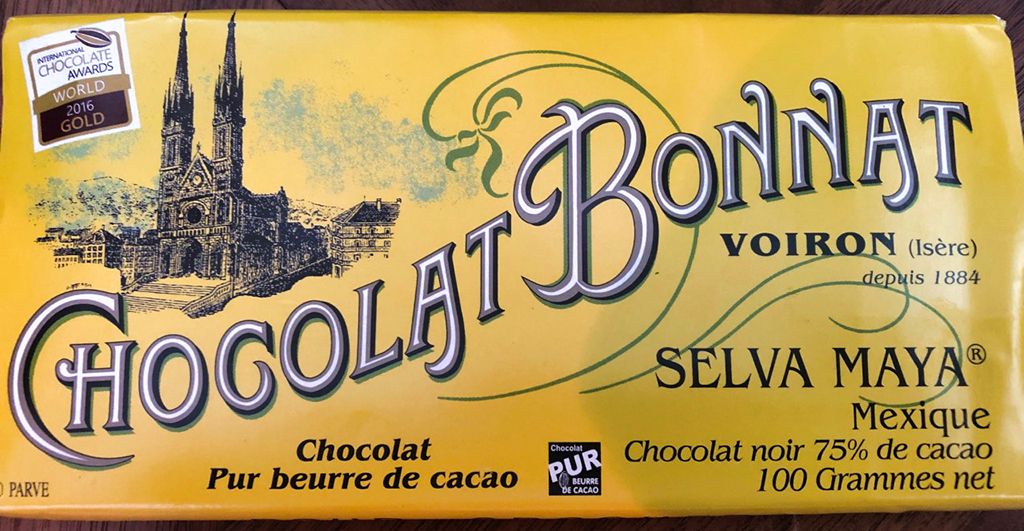Cadmium in Chocolate

Exposure doesn’t equal toxicity! Humans have been exposed to cadmium since time began.
Part of being a nutritionist is reading a lot of scientific journals to stay abreast of your field. They’re not page-turners, but when I learned that chocolate and cocoa could contain high levels of cadmium, I needed to learn more.
While I value chocolate’s potential health benefits, I’m also deeply passionate about “all things cacao,” from the farm to the bar, so there’s a personal interest as well.
I immediately did a search of PubMed, the online database of biomedical research studies, for “cadmium AND cocoa”. Most studies looked at the effects of industrial exposure to cadmium and crops grown on soil contaminated with cadmium-laden industrial waste, from production of nickel-cadmium batteries, solar panels, plastics, etc.
A few things didn’t make sense to me:
- Cocoa from Latin America, had some of the highest levels of cadmium, yet it’s grown near rainforests and far from sources of industrial cadmium.
- Cocoa and chocolate have been touted as being huge sources of antioxidants, particularly flavanols and polyphenols, strongly associated with better health, not heavy metal toxicity.
Cadmium is an element. It was present in soil long before it was used in industry. The cocoa beverage Montezuma drank came from cocoa beans that most likely had cadmium.
Despite the buzz about cadmium in cocoa, it’s a minor source of cadmium in the diets of the population as a whole, according to two studies on children and adults that used data from the National Health and Nutrition Examination Survey (NHANES). The main sources? Grains (cereals, breads, pasta), green leafy veggies, and potatoes in various forms (chips, fries, roasted). Sugars and sweets ranked dead last. In children, arguably the most vulnerable to heavy metal toxicity, “sugars and sweets” totaled only 3.5% of dietary cadmium.
From Where Does Cocoa Get Its Cadmium?
Like many crops, cacao trees are “bio-accumulators”, meaning that they suck up what’s in the soil more than some other plants. If cadmium is in the soil, either naturally or because it got there from industrial waste, bio-accumulators like the cacao tree, grains, green leafy veggies, etc., take it up right along with the soil’s beneficial nutrients. Cocoa powder is arguably the most concentrated form of cocoa, and I correctly surmised that it would contain the highest concentration of cadmium.

What About the Health Benefits of Chocolate & Cadmium-Containing Foods?
Indeed, chocolate is loaded with antioxidants, particularly a class of polyphenols called flavanols, that have been shown to be anti-inflammatory, improve blood flow, and are associated with better health. Certainly more research is needed, but it’s looking promising.
Whole grains, green leafy vegetables like spinach, and other sources of cadmium, like nuts and berries, are recommended for daily inclusion into our diets, to reduce the risk of heart disease, stroke, hypertension, and cancer.
The irony: These very foods also contain beneficial minerals and antioxidants that have been found to REDUCE absorption of cadmium. This study reviewed the research on food sources of such substances. Catechins, for example, are a type of polyphenol that can reduce cadmium absorption, and cocoa is particularly high in catechins, as is tea and many berries.
Should We Be Worried About Cadmium in Chocolate?
The short answer is “no,” but context is important. Cadmium toxicity from chocolate – IMHO – is not a major health issue, even if it sometimes gets (again, IMHO) more attention than is warranted. If anything, other food sources of cadmium would be far more concerning for most people than cocoa or chocolate, because they contribute the bulk of dietary cadmium.
That said, I don’t advise stopping your consumption of healthful foods like green leafy vegetables, beans, nuts, and whole grains. Most people need to increase these foods in their diets and you’re at far greater health risk by reducing or eliminating these foods than by increasing your consumption!
Are You a Chocolate/Cocoa “Outlier”?
I most likely am. I eat more leafy greens, whole grains, and root veggies than most, and few go through dark chocolate (I favor 70%+) and cocoa powder like I do. I can use between ¼ to ½ cup of cocoa powder daily, plus about 50 grams of dark chocolate. It’s my treat, and one with loads of good antioxidants, even prebiotic fiber. Add my daily consumption of greens, and berries and if anyone’s diet would be high in cadmium sources, it’s mine.

Should I be worried? The only way to find out was to have my blood level of cadmium tested. So I did.
It was analyzed by Quest Diagnostics, a major US lab, utilized by hospitals and clinics nationwide. The results came in units of “micrograms per liter” (mcg/L). Reference ranges are as follows:
- Adults, normal: 1.7 mcg/L or less
- Adults, smokers: 5.0 mcg/L or less
- Toxic concentration: “Early signs of toxicity have been seen at 30 mcg/L”
My level: 1.3 mcg/L, well inside the normal reference range. I was relieved and felt free to continue with my current cocoa intake.
Nevertheless, there are serious efforts underway to determine best ways to mitigate cadmium absorption from soil for many crops and remove it during processing. All good, and they should continue. It’s possible young children may be more vulnerable to dietary cadmium. Meanwhile, I’m going to exhale. During the writing of this, I did happen to get through a fabulous bar: Bonnat’s Selva Maya, with cocoa beans from Mexico. This, ahem, is the empty wrapper.

Woo-hoo! I stopped worrying right then and there.
More Reading






Featured image credit: Original by Rodrigo Flores on Unsplash.


